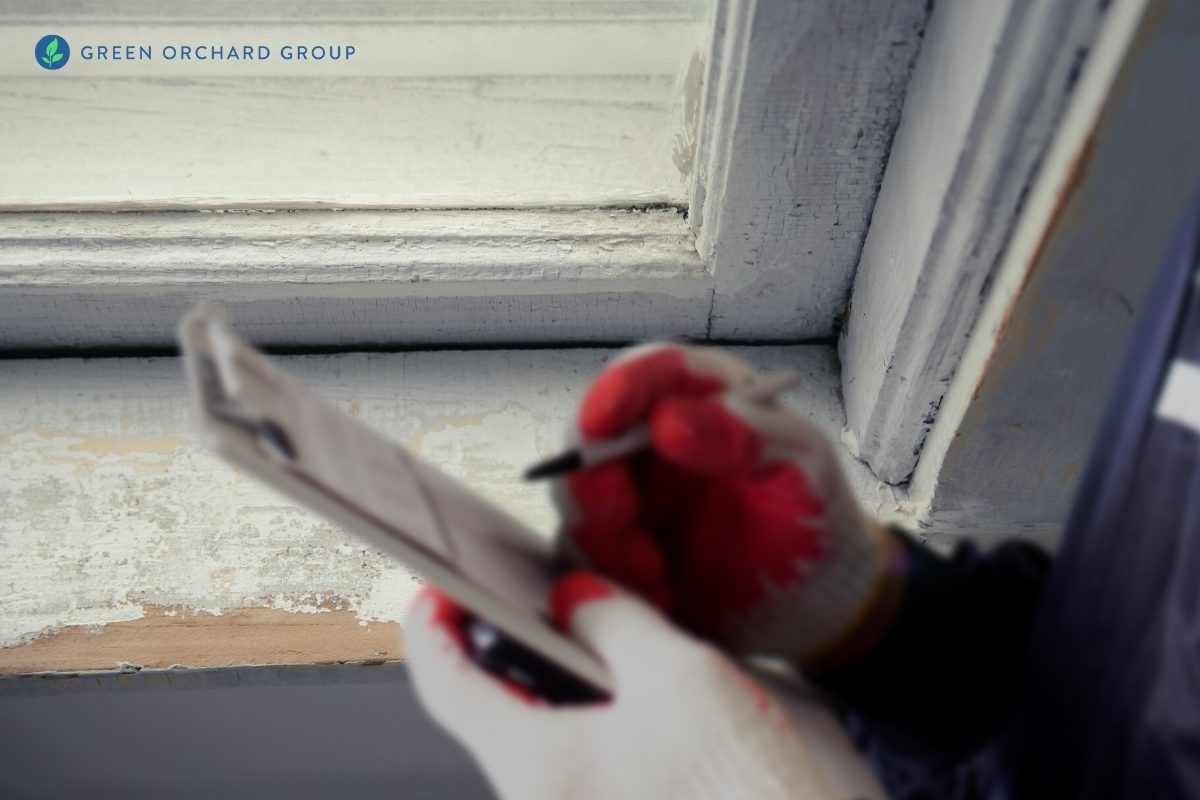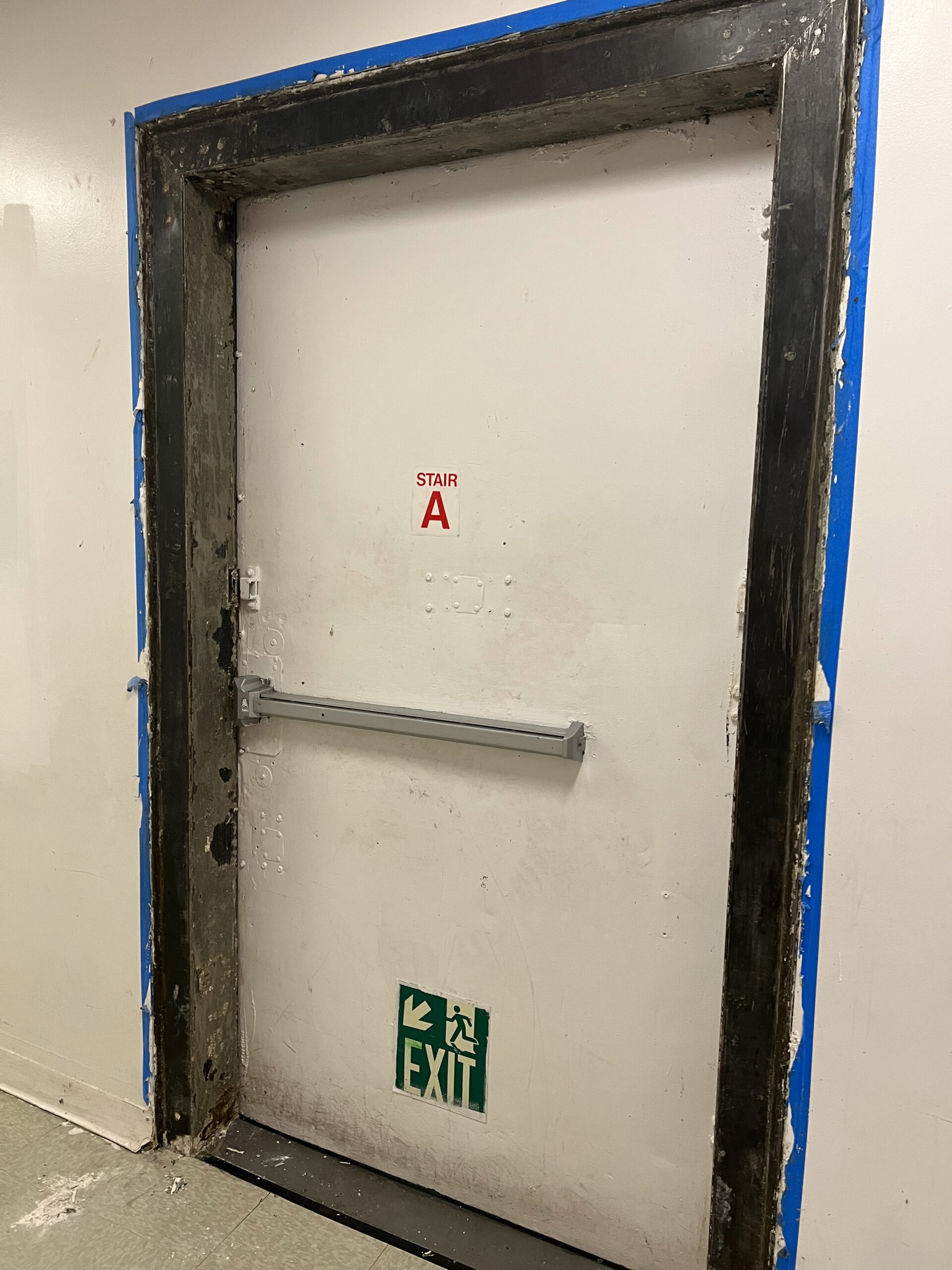DOH & HPD Lead Violation Removal NYC-- Specialist Solutions for Conformity
DOH & HPD Lead Violation Removal NYC-- Specialist Solutions for Conformity
Blog Article
Comprehensive Overview on Effective Lead Offense Removal Techniques
In the realm of ecological safety and security, resolving lead violations demands a precise and structured technique. This thorough overview starts by highlighting the critical initial steps of identifying lead hazards through advanced evaluation and testing methods. Techniques such as XRF analysis and dust wipe sampling are essential in pinpointing contamination sources. The guide elaborates on the importance of sticking to rigid security procedures during the elimination procedure, including the use of correct PPE and separating impacted areas. The succeeding areas guarantee to discuss post-removal confirmation and preventative methods, guaranteeing long-term safety and security and conformity. Discover the detailed details that make these strategies not just effective yet necessary.
Recognizing Lead Hazards
Recognizing lead threats is a crucial very first action in minimizing the threats linked with lead exposure. Lead, a toxic metal, can be present in different environmental mediums, including paint, soil, water, and dust.
The preliminary phase in determining lead dangers includes recognizing usual lead resources within the developed atmosphere. Frameworks developed before 1978 are especially prone because of the common usage of lead-based paint throughout that duration. Furthermore, soil contamination can occur from weakening exterior paint, industrial exhausts, or historic usage of leaded gas.
One more significant source is lead piping and pipes components, which can leach introduce drinking water. Customer products such as toys, ceramics, and imported items might likewise include hazardous lead levels. Especially, work-related atmospheres and pastimes entailing lead can track contaminants right into homes.
Evaluation and Testing
When addressing lead dangers, effective analysis and testing are vital. Initial evaluation typically includes an aesthetic examination to determine possible lead sources, such as deteriorating paint or polluted dirt.

Dust wipe sampling is one more critical technique, especially in household settings. By collecting samples from floors, windowsills, and various other surface areas, this approach provides insights into prospective direct exposure threats. In addition, soil testing around building perimeters is necessary to identify lead contamination that could pose risks, particularly to kids.
Safe Removal Treatments
Upon finishing detailed analysis and screening, applying secure elimination procedures is the next crucial phase in addressing lead hazards. This procedure makes certain that lead-contaminated products are successfully and safely eliminated, minimizing threat to both employees and citizens. The very first step involves separating Home Page the afflicted area making use of plastic bed linen and appropriate sealing techniques to avoid the spread of lead dirt.
Employees should don ideal individual protective tools (PPE), consisting of respirators, gloves, and non reusable coveralls, to alleviate exposure. Using specialized tools and wet approaches, such as wet fining sand or utilizing HEPA-filtered vacuums, lowers the diffusion of lead particles. It is critical to prevent dry fining sand or abrasive blowing up, as these techniques can create dangerous lead dust.
Garbage disposal is another essential element; all infected materials have to be safely landed and identified according to EPA and neighborhood guidelines. Additionally, complete cleaning of the workplace with HEPA vacuums and damp wiping makes certain the removal of residual lead fragments.
Post-Removal Verification

Confirmation of effective this page lead elimination, known as post-removal verification, is necessary to guarantee the safety and security and habitability of the remediated location. This inspection makes certain that all known resources of lead have been attended to and that no noticeable signs of contamination stay.
Following the visual evaluation, ecological sampling is carried out. This involves accumulating dirt, soil, and often water samples from the remediated location. Recognized labs evaluate these samples to determine lead levels, guaranteeing they fall below the safety thresholds established by regulative bodies such as the Epa (EPA)
Additionally, air quality screening might be carried out to discover airborne lead fragments, specifically in situations where comprehensive lead-based paint removal or improvement has actually occurred. The outcomes of these examinations offer measurable information confirming that the lead degrees are within allowable limitations.
Ultimately, post-removal confirmation acts as a crucial checkpoint, confirming the efficiency of the lead abatement efforts and securing the health of owners and visitors.
Safety Nets and Upkeep

A vital precautionary action includes using lead-safe certified specialists for any restoration, repair, or painting tasks. These professionals are educated in techniques that reduce lead dirt and particles. Furthermore, keeping painted surfaces to prevent damaging or peeling is necessary, as deteriorating paint can release lead fragments right into the environment.
Educational efforts targeting residential or commercial property proprietors and lessees regarding the risks of lead and the value of reporting any kind of potential risks can additionally boost preventive efforts. Routine cleaning utilizing HEPA vacuum cleaners and damp wiping strategies can considerably decrease lead dust build-up.
Verdict
In recap, reliable lead violation removal necessitates a precise method including complete analysis, specific screening, and rigorous elimination treatments. Making certain safety and security via correct seclusion and individual safety devices stays vital. Post-removal confirmation through environmental sampling and air quality testing confirms conformity with well established safety and security criteria. Ongoing inspections and upkeep are necessary to reduce future lead hazards, therefore guarding public health and wellness and ensuring continual compliance with regulatory needs.
Report this page